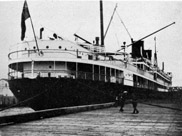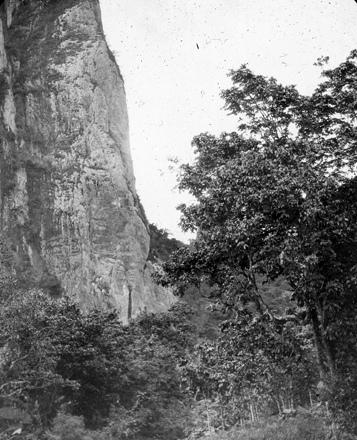 |
University of Iowa |
|---|---|
Previous Page |
Next Page |
 |
University of Iowa |
|---|---|
Previous Page |
Next Page |
Fiji from the Perspective of a Geologist: A.O. Thomas
Although the purpose of the expedition was to obtain museum and classroom specimens, Professor Thomas believed it offered something every teacher could appreciate, which was actual encounter and observation of real materials in their environments. The Fiji islands were also known for their abundant tropical flora and famous coral reefs. In addition, he felt the indigenous people presented, "a never-ending source of interest."
This archipelago consists of at least two hundred islands. They are arranged in the form of a crescent hundreds of miles across, but appear as dots on a map. Eighty of the two hundred are inhabited, the rest of basically bare rock or coral sand. The largest island Vitilevu is equivalent in area to a dozen Iowa counties. A coral reef encircles it. This coral path is trenched by a dangerous passage that leads to the harbor of Suva, the capital.
While on the island, Professor Thomas developed a close relationship with Waldo S. Glock , who was a student. They traveled over the roads and through the jungles of this island while enjoying the scenery or discussing geological features. On one of their trips, they saw living corals of the fringing reef and those of deeper waters inside the barrier reef. They journyed up the Navua river and entered the Namosi Gorge. "It is magnificent!" exclaimed Thomas.

Wall of the Namosi Gorge